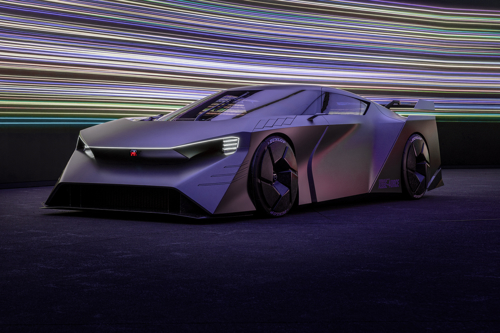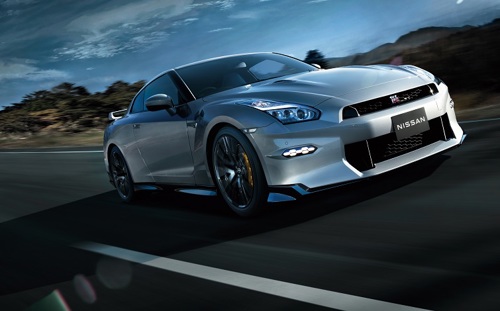The next-generation Nissan GT-R (R36) will feature a hybrid powertrain, breaking from earlier expectations of an all-electric successor.
Confirmed to The Drive by Nissan North America’s Senior Vice President and Chief Planning Officer, Ponz Pandikuthira, at the 2025 New York Auto Show, the move reflects both performance demands and the current limitations of electric vehicle (EV) technology.
According to Pandikuthira, the decision was based on extensive internal testing. “We built some electric prototypes,” he said. “Basically it’s like it would complete one lap at the Nurburgring, and then you have to recharge... it’s just not authentic.”
Despite Nissan’s heavy EV development, including its involvement in Formula E and solid-state battery research, the GT-R’s hardcore character proved incompatible with full electrification - for now.
Performance targets shape hybrid strategy

Maintaining the GT-R’s reputation for lap-time prowess remains non-negotiable. Pandikuthira cited Nurburgring benchmarks and durability under high loads as critical. “Even if it’s all solid state, you’re not going to deliver the kind of performance expected out of a GT-R,” he said.
While the precise type of hybrid is still to be confirmed - conventional or plug-in - the balance between electric range, weight and heat management remains under scrutiny. “A plug-in hybrid... you do two or three laps and you’re running out of juice,” Pandikuthira explained, hinting that a traditional hybrid may be more suitable with current tech.
ICE stays: turbo V6 confirmed

A turbocharged V6 will continue to anchor the R36, paired with electric drive for low-emission operation in daily use. “That allows me to give a fire-breathing V6 twin-turbo ICE component,” said Pandikuthira.
The configuration is expected to offer over 447kW, with the petrol engine derived from the clean-burning V6 in the 2025 Armada.
This setup aligns with Nissan’s vision of the GT-R as a usable supercar - capable in traffic, competent in snow and lethal on track.
Battery roadmap and launch window

The R36 GT-R is expected within three to five years, a timeline that matches Nissan’s push towards commercial solid-state battery production, earmarked for around 2028.
The tech could eventually enable a plug-in GT-R with roughly 110km of electric-only range, but that remains an aspiration rather than a certainty.
“The whole point of the GT-R is this isn’t a car you drive only on special occasions,” Pandikuthira added.









